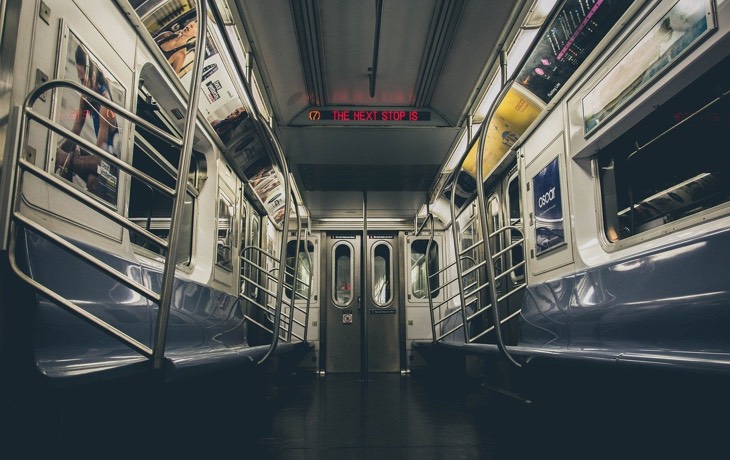One of the very few small upsides of this pandemic is for our public transit systems. Buses and trains will have to stay a lot cleaner and fresher if we’re going to get back to using them before the pandemic is over. But this push for cleaner rides will bring reduced capacity and disruption.
There’s also some controversy around just how much of an impact public transit has had on the virus’s spread. But even so, big changes are coming that will eventually affect everyone who rides buses, subways, and trains.
So educate yourself, plan ahead, and be prepared to make adjustments to your pre-lockdown routes.
New York City bets big on subway cleaning
New York City is leading the transit cleaning push by shutting down its subway every night (from 1 AM to 5 AM) to be cleaned and disinfected. The nightly shutdowns started early on May 6, disrupting an estimated 10,000 commuters every night.
The city is providing busses, vans, and for-hire vehicles to minimize disruptions.
New York City is also testing UV-C light to disinfect subway cars and buses, which we mentioned in our package disinfection guide.
You might be asking why New York didn’t do this earlier, given that retailers like Walmart took similar measures weeks ago. The reality is that nightly subway closures are a logistical nightmare in New York City, one that Cuomo said has never been attempted before. And this move is actually a compromise. Four City Councilmembers petitioned Cuomo to shut the subway down entirely.
These extreme measures come after New York City’s Metropolitan Transportation Authority lost at least 79 workers to COVID-19.
Controversy around public transit’s role in the pandemic
As with pretty much everything in America these days, the question of what to do about the subway system became a game of political football.
MIT’s Jeffrey E. Harris bluntly titled his working paper “The Subways Seeded the Massive Coronavirus Epidemic in New York City.” The abstract sums up Harris’s findings as such:
New York City’s multitentacled subway system was a major disseminator – if not the principal transmission vehicle – of coronavirus infection during the initial takeoff of the massive epidemic that became evident throughout the city during March 2020. The near shutoff of subway ridership in Manhattan – down by over 90 percent at the end of March – correlates strongly with the substantial increase in the doubling time of new cases in this borough. Maps of subway station turnstile entries, superimposed upon zipcode-level maps of reported coronavirus incidence, are strongly consistent with subway-facilitated disease propagation.
Outlets that tend to oppose public transit quickly picked up on the paper, but others pushed back just as hard.
Matching the bluntness of the working paper, Streetsblog NYC posted this response: “That MIT Study About the Subway Causing COVID Spread is Crap.” But at the end of the article, even Alon Levy, the post’s author, concedes that the city should to do a better job of cleaning the subways.
The science around COVID-19 will probably be shaky for a while. For now, though, the evidence leans strongly in favor of infection spread through surface contamination.
As cities reopen in the coming days and weeks, you can probably plan on a fair amount of disruption to travel routines, even if you don’t personally use public transit. All these changes and slowdowns will have spillover effects across the transportation system, and even car and bike commuters are bound to feel the effects.
